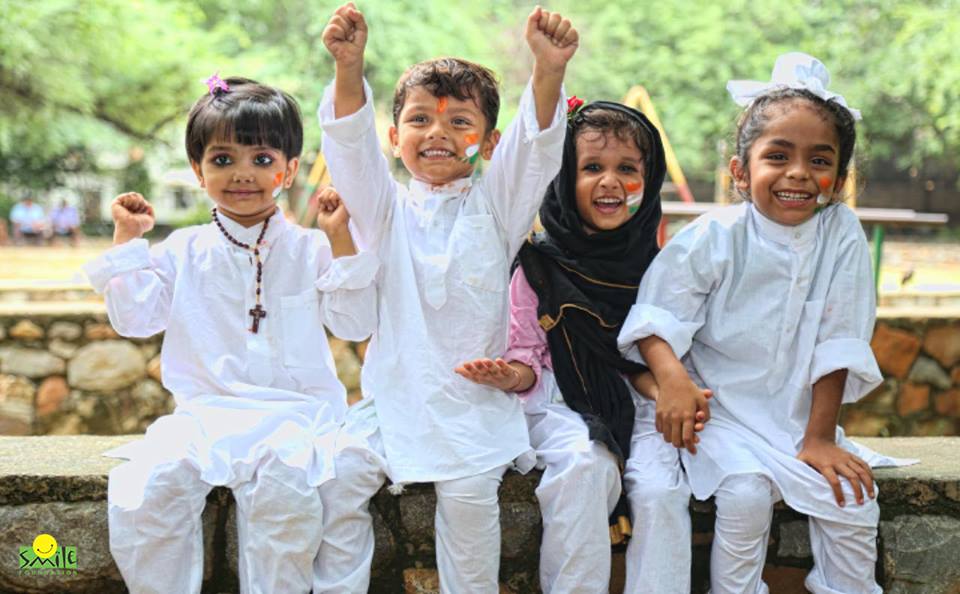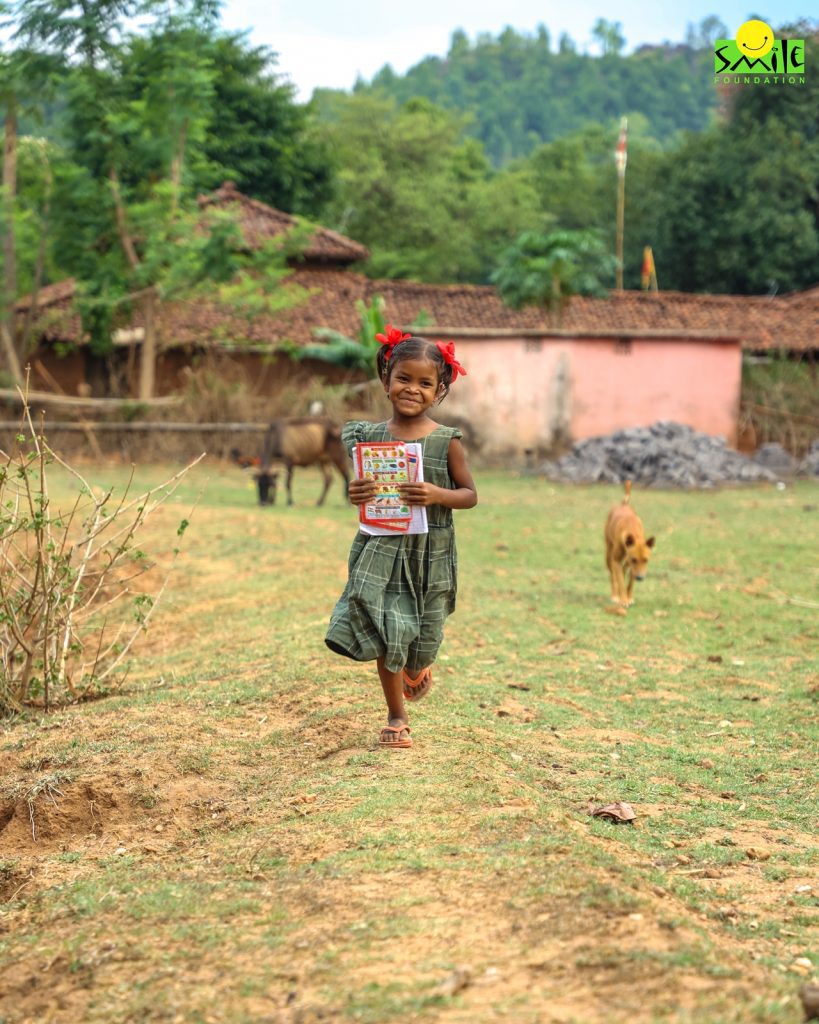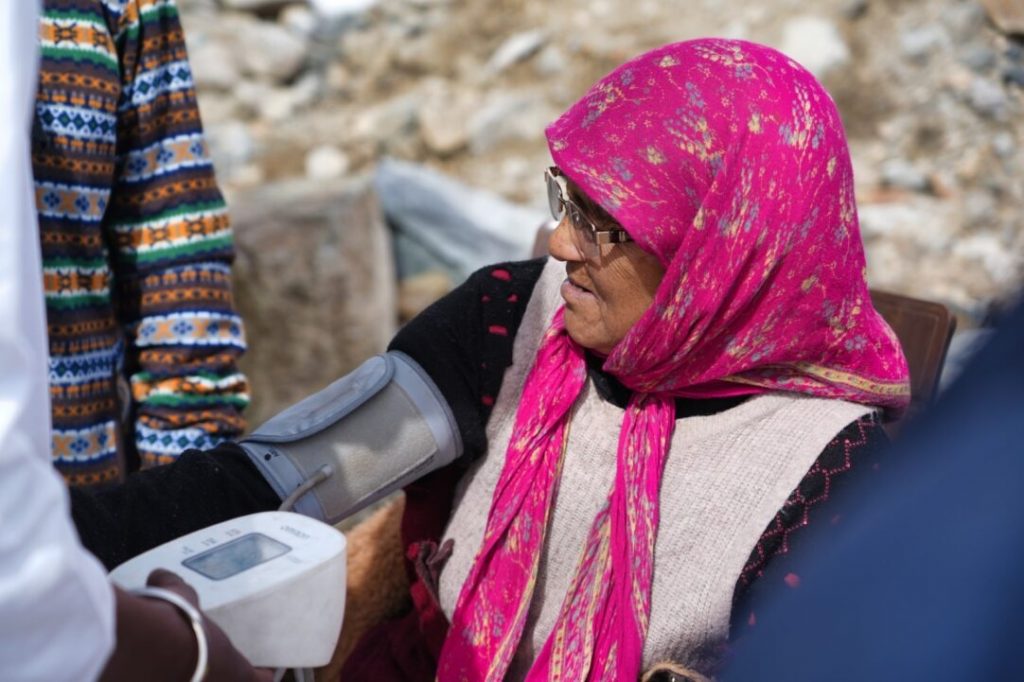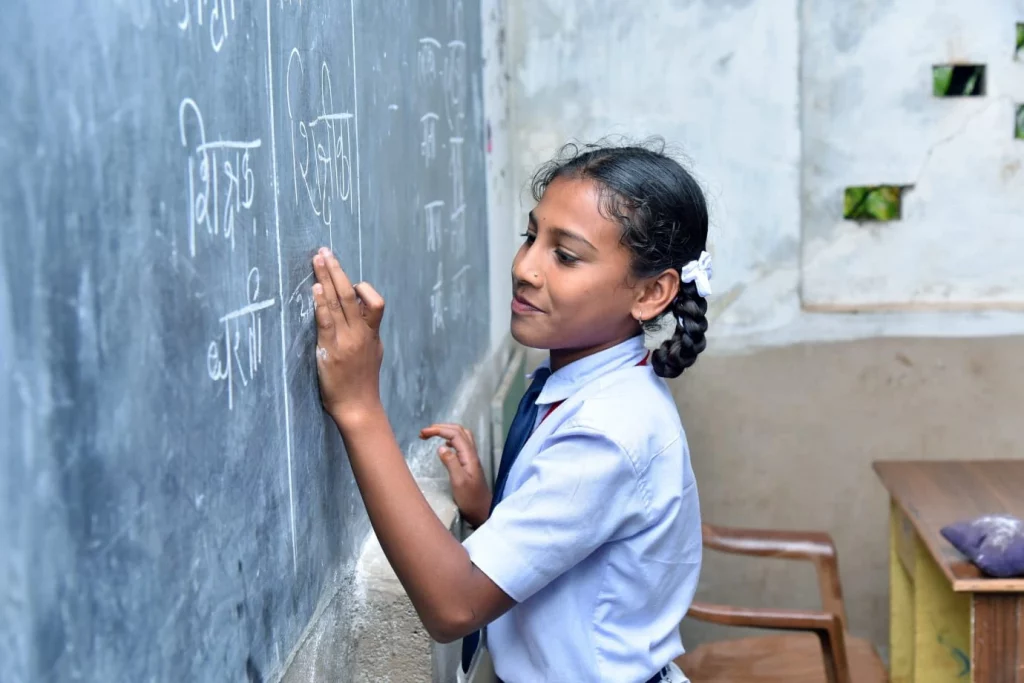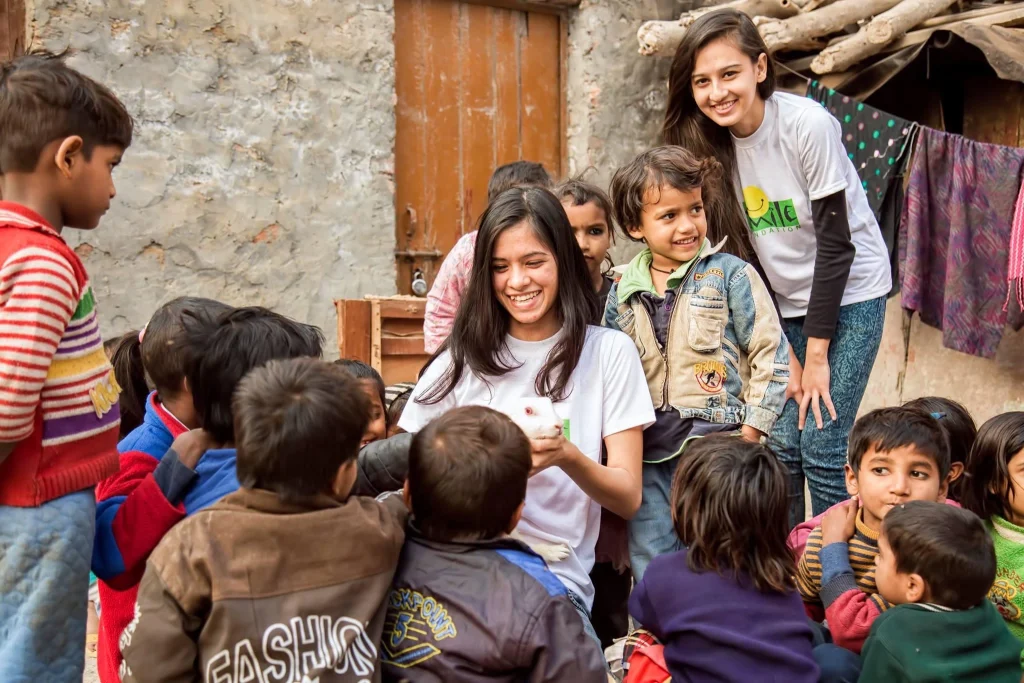The constitution of India is a document that is revered by 1.4 billion people. It has provided a framework for a young nation and has guided its citizens to abide by the principles of equality, fraternity, liberty, and justice.
The Indian constitution provides a vision for the country. It imagines India as a Sovereign, Socialist, Secular, Democratic, Republic. It is one of the most elaborate constitutions around the world which enshrines the ideas of equality of all and freedom to its citizens.
The constitution, through Fundamental Rights, Legal Rights, and other important Articles, clearly articulates the liberties and freedom given to the people of India. However, there is a strong emphasis on basic needs such as education, health, nutrition, and gender equality.
Let us look at how the constitution of India ensures these for its people.
Education Rights in the Indian Constitution
As India gained Independence in 1947, the country had an extremely poor education system left behind by the British. India’s literacy rate stood at a poor 12% at the time. The women or girls were in a more disadvantageous position as the female literacy rate was extremely low.
Thus, the first task that the Indian leadership had to do was to focus on providing education to everyone. At the time of drafting, the education rights in the Indian constitution were included as a state subject. This was later amended in 1976 and education became a part of the concurrent list. This meant that both the Central Government and the State Governments were responsible for providing education to the people.
The biggest amendment that came in this area was in 2002. The 86th amendment to the constitution made education a fundamental right for every Indian. The Right of Children to Free and Compulsory Education Act came into force on April 1, 2010.
Article 21(A) of the constitution, added after the 86th amendment, now makes education a fundamental right for every child between the ages of 6 to 14 years. The subsequent law makes it an obligation for the state governments to ensure that this is implemented.
Apart from this, Article 30 of the constitution gives the minorities in India the right to establish and monitor educational institutions. This has been done to ensure quality education for minorities too.
Indian Constitution and Gender Equality
The Indian constitution ensures equality for all, and this makes gender equality an inseparable element of it. The Right to Equality is covered under Articles 14 to 18 of the constitution. It says that the state cannot deny equal rights before the law to any citizen of India.
It also prohibits any discrimination on the grounds of religion, race, caste, sex, or place of birth. Since gender equality is inherent to the existing rights in the constitution of India, there is no specific gender equality law in India.
However, the country has enacted several other laws to ensure the right to equality for women. Article 42 of the constitution makes it mandatory for the state to provide “reasonable working conditions and maternity assistance for women”.
There are other laws for gender equality in India like the Dowry Prohibition Act of 1961, The Hindu Succession (Amendment) Act of 2005, and the Prevention of Sexual Harassment at Workplace Act of 2013. All these acts are aimed at ensuring the right of equality to women by creating favourable conditions for them to thrive and succeed.
Thus, discrimination against women is prohibited under Articles 14, 15(2), 15(3), and 16 of the Indian Constitution, which also provide the state the power to grant protective discrimination in their favour under the right conditions. Under the Indian Constitution, these provisions are a component of the Fundamental Rights.
Health and Nutrition in Constitution
Health and nutrition are issues of utmost concern for a country like India. A large section of our population is still dependent on the government-provided Public Distribution System to acquire food for its daily consumption. At the same time, malnutrition and access to nutritional food are still a challenge for India.
Similarly, India also struggles with an inadequate health infrastructure. This poses bigger challenges as the population of India continues to grow and is expected to surpass China soon.
The framers of the Indian constitution were aware of these challenges and they included the right to health under the constitution of India. According to Article 47 of the constitution, the State’s principal duty is to improve the nutritional status and condition of living of its citizens.
As a result, the Constitution establishes the Right to Food as a Fundamental Right that is guaranteed and enforceable through the constitutional remedy outlined in Article 32. Additionally, the National Food Security Act of 2013 grants legal entitlement to receive subsidised food grains through the targeted Public Distribution System to up to 75% of the rural population and 50% of the urban population, respectively.
Therefore, the Act covers almost two-thirds of the people to get heavily subsidised foodgrains. In an effort to empower women, the Act requires that the head of the home to distribute ration cards be the eldest woman in the household who is at least 18 years old. This indirectly adds to the right to eat in the Indian constitution.
Now, while the Indian constitution does not make health a fundamental right, it provides directives to the state to ensure adequate healthcare facilities for citizens. The right to health is supported by the Directive Principles of State Policy found in Part IV of the Indian Constitution.
The State is required by Article 39(E) to protect the health of workers. Articles 42 and 47 have previously been discussed above. Additionally, under Article 243G of the Constitution, the Panchayats and Municipalities are given the authority to improve public health in addition to the State.
The Constitution of India Cares For All
The Constitution of India is extremely elaborate, and it covers every aspect of governing the citizens. Various laws ensure equality, health & nutrition, and quality education for the people of India. Additionally, amendments are made to the constitution regularly to ensure these rights in the light of changing local and global conditions.
For example, the National Health Policy and the National Education Policy are introduced and amended regularly. The interpretation of constitutionally guaranteed rights by the courts of the country also reinforces these principles. One example of this is the decriminalization of homosexuality in India.
The Right to Privacy being made a fundamental right through the ruling of the Supreme Court is another such example. All these decisions are made as per the constitution of India which provides the guidance to move in this direction. This is what makes the constitution of India such a special document.

